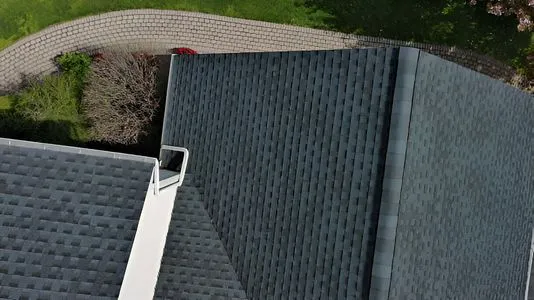Storms can cause serious damage to your roof, home, or business, and in New Jersey, severe weather events are not uncommon. Heavy rain, strong winds, hail, and snow can all lead to a variety of roofing issues, including leaks, loose or missing shingles, damaged flashing, and even structural compromise if left unaddressed. Even seemingly minor damage can worsen over time, allowing water to penetrate the roof deck, promote mold growth, or weaken the overall structure of your building. Understanding how to handle storm damage promptly and knowing the details of your insurance coverage are essential steps for protecting your property and avoiding costly repairs. Acting quickly after a storm can prevent minor issues from escalating, ensure that any damage is properly documented for insurance purposes, and provide peace of mind knowing that your home or business remains safe and secure. Below, you’ll find everything you need to know about commercial roof types, maintenance practices, signs of damage, and the repair or replacement process. We’ll also cover the importance of regular inspections, code compliance, and choosing the right contractors to ensure your roof remains durable, safe, and capable of withstanding New Jersey’s challenging weather conditions.
“Standard dummy text for storm repair and insurance guidance, used for decades as a filler in roofing blogs, service pages, and claim documentation layouts across the industry.”
Understanding how to handle storm damage promptly and knowing the details of your insurance coverage are essential steps for protecting your property and avoiding costly repairs. When a storm strikes, delays in addressing damage can allow minor problems to escalate into major issues, such as roof leaks, structural weakening, or mold growth inside the building. Being proactive means scheduling a professional inspection as soon as possible, documenting all affected areas with photos or videos, and contacting your insurance provider to begin the claims process promptly. Acting quickly after a storm not only helps prevent further deterioration but also ensures that all damage is accurately recorded and properly assessed for insurance purposes. Many insurance policies require timely documentation and professional estimates to approve claims efficiently, making immediate action critical. Additionally, quick intervention can reduce repair costs, minimize disruption to daily life or business operations, and help maintain the long-term integrity of your property. By understanding your insurance coverage, following proper reporting procedures, and addressing storm damage without delay, you can safeguard your home or business, protect your investment, and enjoy peace of mind knowing that your property is fully secure and restored to its original condition.Below, you’ll find everything you need to know about commercial roof types, maintenance practices, signs of damage, and the repair or replacement process. We’ll also cover the importance of regular inspections, code compliance, and choosing the right contractors to ensure your roof remains durable, safe, and capable of withstanding New Jersey’s challenging weather conditions.


